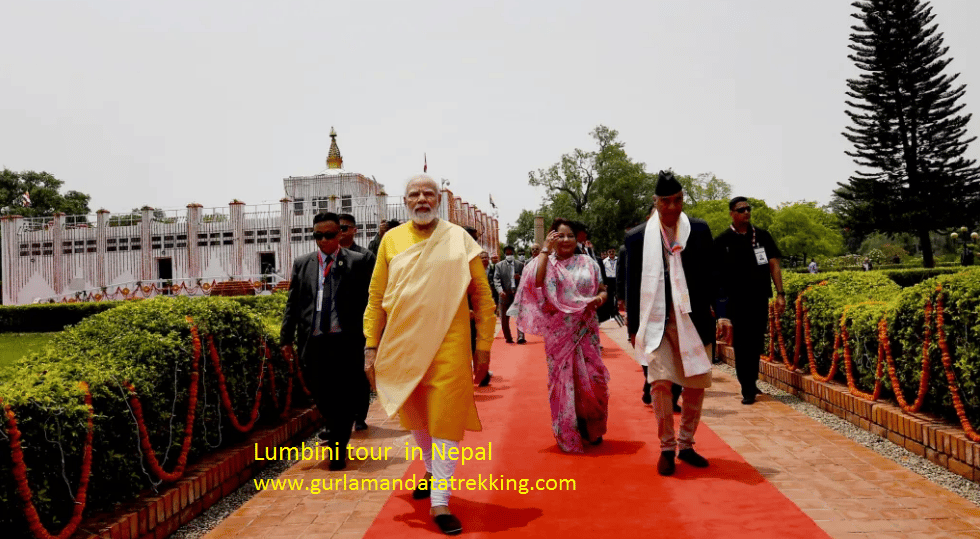Welcome to Gurla Mandata
Mt. Mera peak climb (6476m)
Mt. Mera peak climb (6476m). Mt. Mera peak is 6476 m high from sea level and it is permitted trekking peak in Nepal. Moreover, it stands to the south of Mount Everest. And it also dominates the watershed between heavily wooded valley of the Inkhu. J.O M Roberts & Sen Tenzing made the first successful summit of Mera peak on 20 May 1953. Therefore, the route they used is still standard and people follow it..,
Moreover, Mount Mera peak is one of the most popular trekking peaks of Nepal. Furthermore, the walk from Lukla through the Sherpa community of the remote Inkhu valley is an unforgettable experience. It also offers superb scenery and abundant wildlife. It includes rumored sightings of the legendary yeti also..,
Therefore, Mount Mera peak climbing is an easy trekking peak in Nepal. Also, you can do sky diving from the top. You can also see Mount Everest, Mount Makalu, Mount Kanchanjunga, etc from the top of Mera peak. Similarly, you can get the view of Mount Lhotse as well as many other tiny mountains. So, when the climber reach the top of mount Mera peak, they feel like they’re in heaven.,,
Hence, about 700 to 1000 Nepali guides and mountaineers climb Mera peak every year. Furthermore, it requires permit from the Nepal Mountaineering Association and mountaineering skills. Peak climbing
SAFETY KITS:
1. Also, never trek alone. So, hire a guide if you can’t find companion.
2. Choose trekking companies/guides with eco friendly concepts.
3. Also, become informed about high altitude sickness.
4. And also, always carry a good medicine kit.
5. Hence, watch where you are walking. Don’t step backward blindly while taking photos.
6. Therefore, time your trek generously. Also, taking rest while trekking is not a sign of weakness.
Therefore, the trip cost will vary depending on the group size, duration of days and services required. Please contact us via our email. gurlamandatatrek@yahoo.com Along with your details to obtain a quote.
Mt.Island Peak Climbing with Everest Base Camp Trek (6160m).







